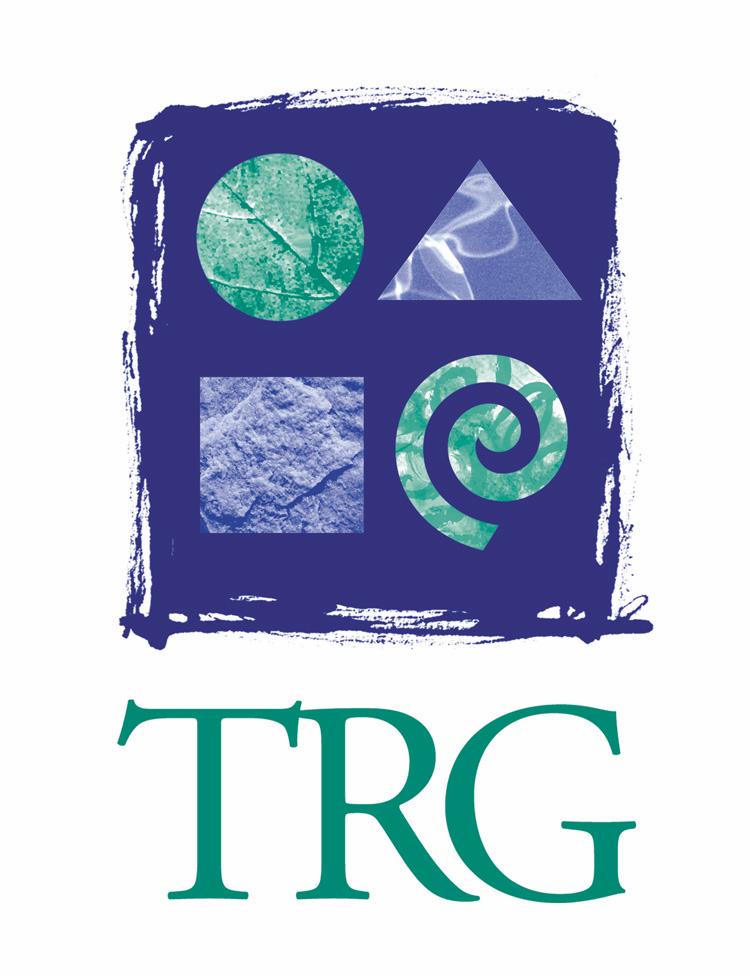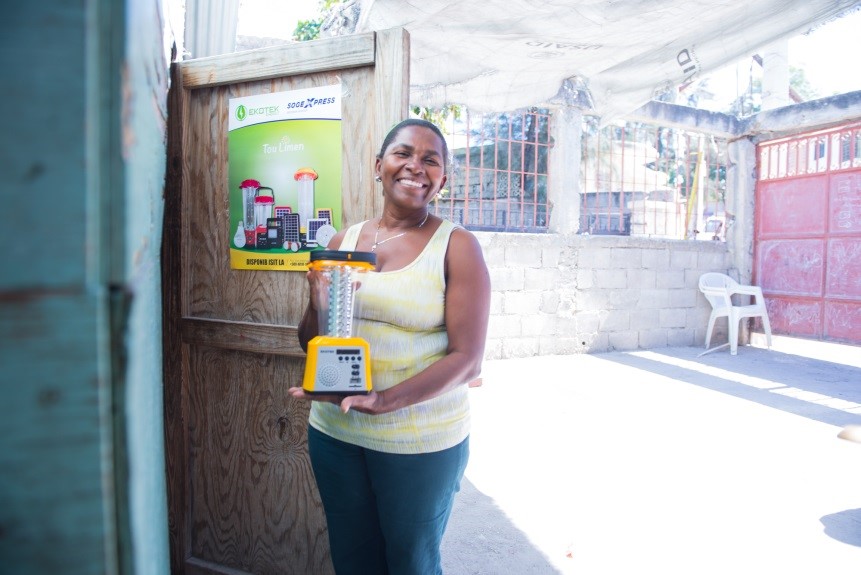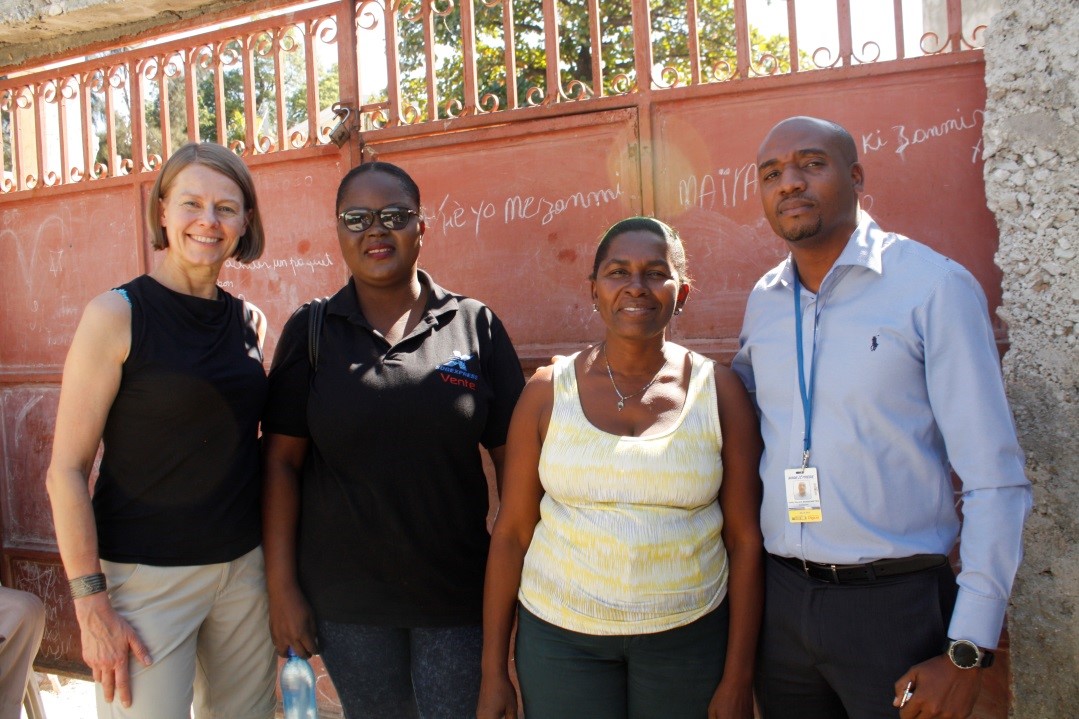FROM THE FIELD

The Importance of Telling the Development Story Well
By Anna-Maja Mattila-Litvak
Senior Communications SpecialistRecently, Training Resources Group, Inc. (TRG) had an opportunity to produce a feature article for USAID’s Frontlines publication on an energy project in Haiti. The story focused on Nancy Goldman, a 40-year-old single mother who became a sales agent for solar lights through the
Renewable Energy Microfinance and Microenterprise Program, a USAID initiative improving Haitians’ access to modern energy services. The job made it possible for her to earn a decent salary and provide education to her daughter. In addition to enhancing her family’s well-being, the solar lights she and other agents sold literally switched lights on in the lives of many Haitians who had previously relied on kerosene and candles for lighting. This is significant in a country where only 26 percent of the population is connected to the electrical grid. Solar lights are starting to bring new vitality to many homes and neighborhoods after dusk, including an ability to study and conduct business.
| |
|
| |

Nancy Goldman holding a solar lamp at her home. |
Those working in international development know that there are hundreds of other successes like this, demonstrating the real difference our work makes in people’s lives around the world. However, capturing and telling these stories is also important in order to create awareness of the positive impact of the work, particularly when every dollar spent in development is under increased scrutiny.
Communicating about international assistance in a clear and compelling manner is key to educating the public and decision-makers about development achievements, results and challenges. While TRG is helping international organizations to improve their ability to do their work through better management processes and learning systems, we also provide them support in telling their own story more effectively.
When producing the Haiti story, we learned several lessons on what contributes to providing a high-quality communications service to a development organization. One key aspect was the ability to facilitate the production of the story from the beginning to the end, enabling the writer to have editorial control of the story and move forward efficiently. That process included initiating a trip to Haiti to capture authentic footage, drafting the story to make it compelling and finalizing it for publication in coordination with USAID’s communications leads both in Washington and the Haiti Mission.
Capturing the story and photos first-hand in Haiti made the tone of the story feel real. It was not a dry factsheet, but a feature article with a human-being at the center. It was essential to meet the solar agent in person and interview her to confirm the details of the story and get interesting quotes. Similarly, working closely with a Haitian photographer ensured that the photos accurately illustrated the achievements of the USAID project. While the photo shoot provided valuable professional experience to a young woman pursuing a career as a photographer, she also helped to communicate with the beneficiary, making her feel comfortable being photographed and interviewed. This can be seen in the final images of the story featuring a radiant woman empowered by the work she is doing.
| |
|

After the photo shoot. From left to right: TRG’s Anna-Maija
Mattila-Litvak, Sogexpress sales representative of solar
lights Chery Canel Chedland, Nancy Goldman and Eddy
Bonhometre from Arcfinance.
|
|
Another aspect that contributed to the outcome of the story had to do with working in close partnership with USAID in Washington, the USAID Mission in Haiti, as well as Arcfinance, the organization implementing the project. The coordinating role we played between the different parties involved ensured that the information presented in the story took each party’s point of view and any sensitivities into consideration, as well as reflected the social and cultural context in Haiti.
When “
Making a Better Living, One Solar Sale at a Time” was published in the Frontlines March/April 2017 issue, it was also posted on other USAID social media platforms, the partner organization’s website and social media platforms, as well as on the State Department’s official blog. The story, professionally developed and produced, effectively and accurately shined light on USAID’s work, its impact and results.
*All photos provided by TRG